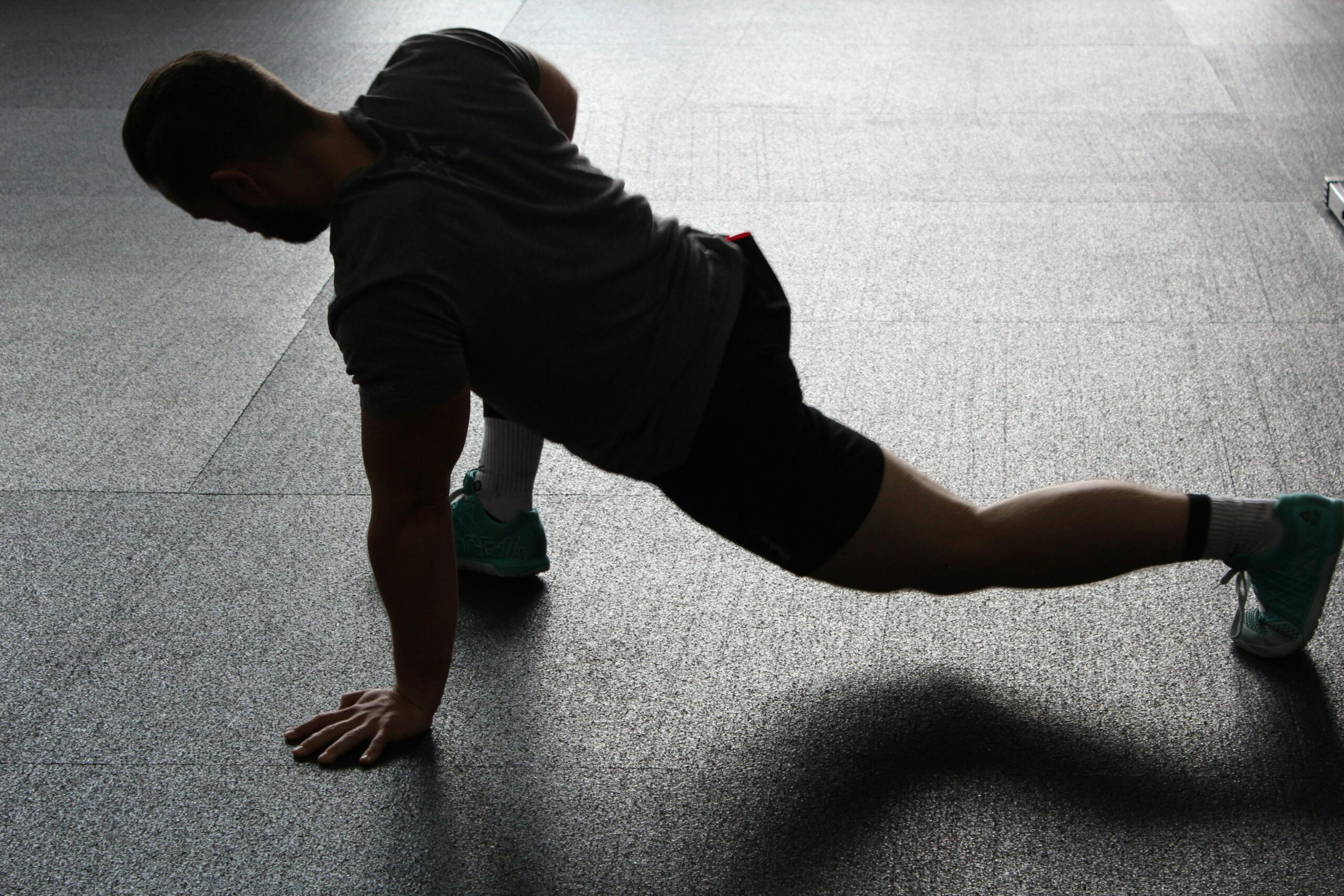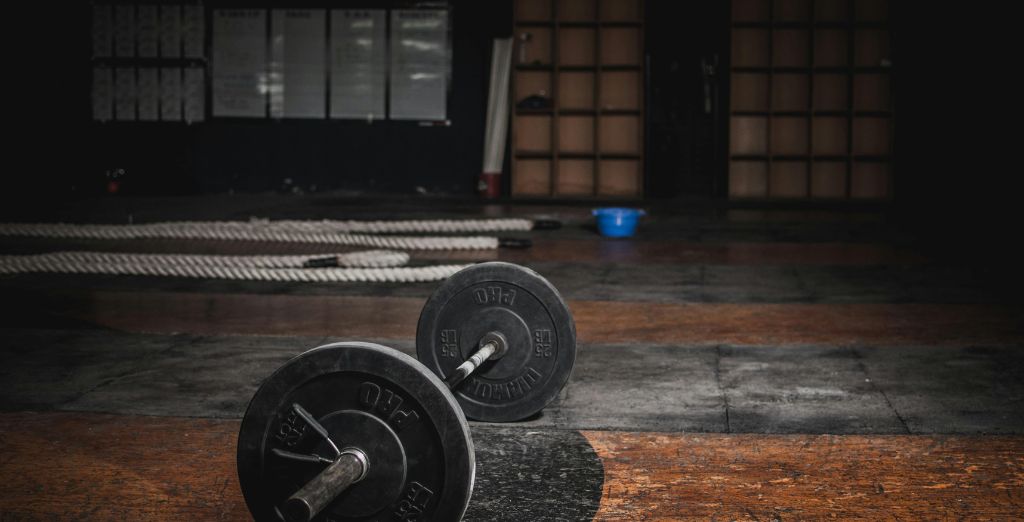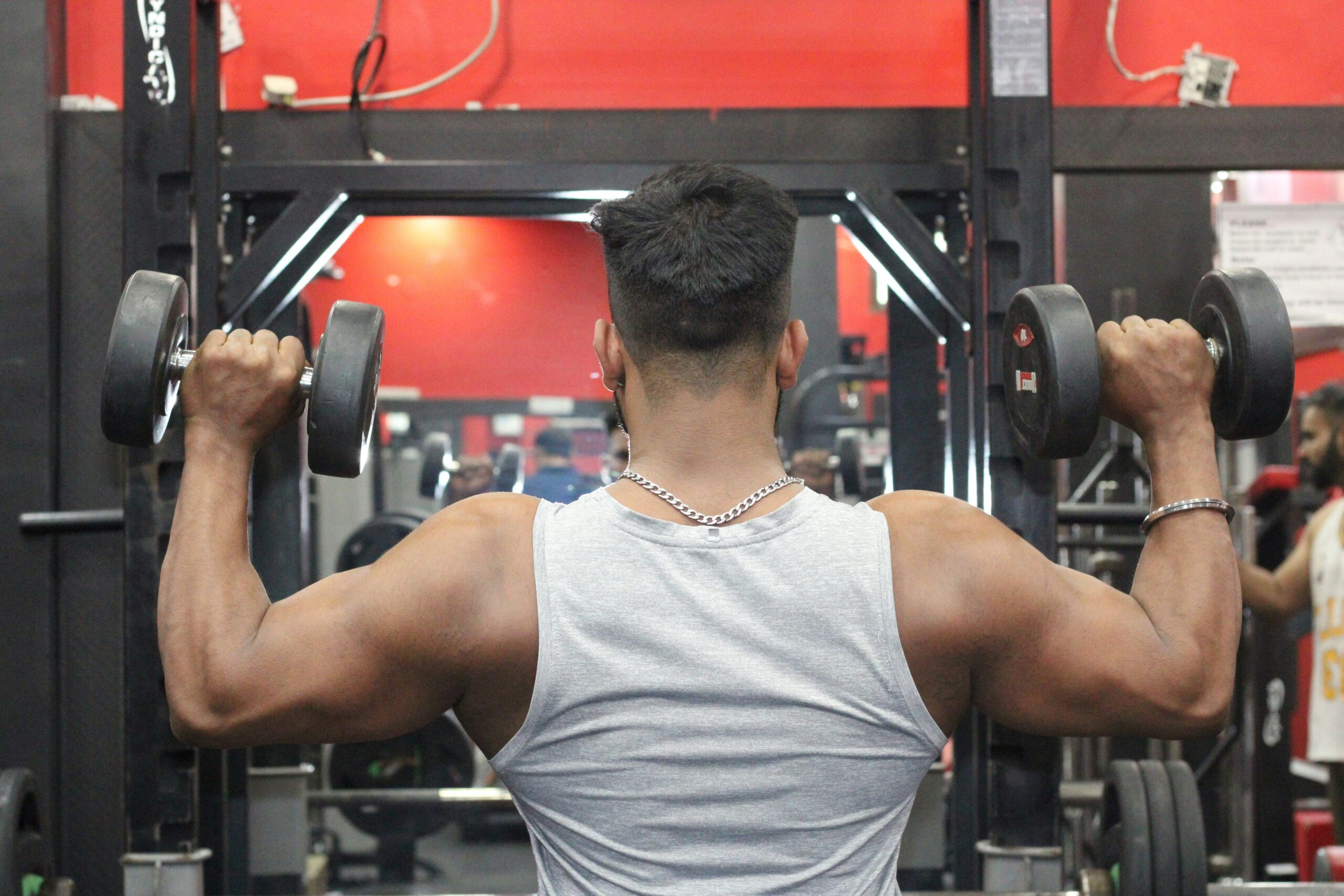l sits abs are a powerful exercise for building abs and core strength, providing an intense challenge that engages multiple muscles. While it may look simple, this exercise requires significant control, stability, and endurance. Mastering the L-sit not only sculpts the abs but also builds overall body strength, as it works the arms, shoulders, and even hip flexors. Whether you’re aiming to achieve a chiseled core or enhance your core stability, the l sits abs is a valuable addition to any fitness routine.
Understanding the Benefits of L-Sits for Abs
The l sits abs targets the abdominal muscles directly, making it highly effective for building core strength. During this exercise, the abs work continuously to hold the legs up in a horizontal position, creating a high level of tension. This tension helps build strength and endurance in the rectus abdominis, also known as the “six-pack” muscle, and the transverse abdominis, which supports core stability. l sits abs also engage the obliques to keep the body balanced and upright, ensuring that every part of the core is working. As a result, this exercise is excellent for creating defined abs and improving overall core strength.
How to Perform an L-Sit with Proper Form
To perform an l sits abs correctly, start by sitting on the floor with your legs straight in front of you. Place your hands beside your hips, palms down, fingers pointing forward. Press into your palms and lift your body, extending your legs straight out in front to form an “l sits abs” shape. Hold this position by keeping your abs tight, shoulders down, and legs parallel to the ground. Aim to maintain the l sits abs for as long as possible, starting with short holds and gradually increasing your time as you get stronger.
Maintaining proper form is crucial for getting the most out of an l sits abs. Focus on keeping your core engaged and avoid rounding your shoulders or back. Keep your legs straight, and squeeze your thighs together to create a solid hold. If you feel yourself sinking, take a break and reset your position to avoid straining your lower back or shoulders.
Tips for Beginners to Build Strength for L-Sits

If you’re new to l sits abs, building the necessary strength takes time and consistency. Begin by practicing seated leg raises, which mimic the leg position in an L-sit. Sit on the floor, lean slightly back, and lift one leg at a time, focusing on activating your core and hip flexors. Another useful exercise is the tuck hold. Place your hands on the floor beside you, press into your palms, and lift your knees toward your chest. Hold this position as long as you can, gradually working up to a full l sits abs.
Practicing with parallettes or yoga blocks can also make the movement easier initially, as they elevate your body and allow for greater leverage. Aim to practice l sits abs progressions two to three times a week, slowly increasing your hold time and refining your form as you progress.
Common Mistakes to Avoid in L-Sits
One common mistake in l sits abs is allowing the shoulders to shrug, which can create tension in the neck and upper back. Keep your shoulders down and away from your ears to maintain stability. Another error is rounding the back, which reduces core engagement and can lead to strain. Focus on keeping your back straight and chest open, engaging your abs fully to support the position. Avoid bending your knees, as this reduces the effectiveness of the exercise. Keep your legs straight and tight, even if it means holding the position for a shorter duration initially.
Why L-Sits Are Effective for Abs
l sits abs are highly effective for the abs because they require constant tension in the core muscles. Unlike other ab exercises, such as crunches or sit-ups, l sits abs hold the abs in a stable position without movement, which increases isometric strength. This static hold strengthens not only the visible muscles of the core but also the deeper muscles that support posture and stability. Additionally, l sits abs improve overall body control, making them beneficial for both strength and functional fitness.
Adding L-Sits to Your Workout Routine
L-sits can be included in various ways to enhance your core routine. For a focused ab workout, try adding l sits abs after dynamic movements like planks, Russian twists, or mountain climbers. This combination will provide a mix of static and dynamic exercises, challenging your core from different angles. You can also use L-sits as a finisher, holding the position for as long as possible at the end of your workout. Aim to work up to two or three sets of l sits abs holding each set for as long as you can with good form.
To add variety, consider combining L-sits with other calisthenic exercises like dips or pull-ups. For example, try holding an l sits abs position during pull-ups or performing leg raises while in a dip hold. These combinations intensify the workout and keep your routine engaging, allowing you to strengthen the abs along with the upper body.
Variations of the L-Sit for Increased Challenge
Once you’ve mastered the basic l sits abs, there are several variations to increase the challenge and further develop your abs. One option is the l sits abs to tuck, where you move from a straight-leg L-sit position to a tucked position by bending your knees and then extending them back out. This dynamic movement adds extra core engagement and increases endurance. Another variation is the V-sit, where you lift your legs higher than in a regular L-sit, creating a “V” shape with your body. This version requires strong abs and hip flexors and adds intensity to the exercise.
Practicing L-sits with ankle weights or resistance bands is another way to increase the difficulty. These variations intensify the workload on the abs, making the exercise more challenging as you progress. Always focus on maintaining proper form and avoid overloading the exercise if it causes strain.
Building Endurance and Progressing in L-Sits
Building endurance in l sits abs takes consistent practice and patience. Start by holding the position for short intervals, such as 5-10 seconds, and gradually increase your hold time as your core strength improves. Progression in L-sits is gradual, so focus on small improvements over time. Increasing your hold by just a few seconds each week is a sign of progress. You can also work on adding more sets to build endurance and strength, working up to three or four sets in a session.
As you build endurance, you’ll notice improvements in other areas of fitness, especially in core exercises and overall body control. l sits abs strengthen the entire body, so they provide a solid foundation for other exercises, making you feel stronger and more stable in your workouts.
Improving Flexibility for Better L-Sit Performance
Flexibility plays a key role in performing l sits abs correctly, as tight muscles can make it challenging to hold the position. Improving flexibility in your hamstrings, hip flexors, and shoulders will make it easier to maintain proper form in the L-sit. Regular stretching before and after your workouts can help. For the hamstrings, try seated forward folds or standing toe touches, which stretch the back of the legs and make it easier to lift your legs parallel to the ground in an L-sit.
To loosen up your hip flexors, which often become tight from prolonged sitting, practice lunges or butterfly stretches. These movements open up the hips and increase your range of motion, making it easier to lift and hold your legs straight. Stretching your shoulders is also helpful, as it allows you to keep your arms extended and stable. Arm circles and shoulder rolls are simple yet effective for improving shoulder flexibility. Incorporating these stretches into your routine will support your L-sit practice and help you hold the position with less discomfort.
Building Mental Focus and Endurance with L-Sits
l sits abs are as much a mental challenge as they are a physical one. Holding your body in a static position requires patience, focus, and determination. Building mental endurance can be just as important as developing strength. Start by setting small, achievable goals, such as holding the l sits abs for an additional second each week. This approach helps you stay motivated and prevents discouragement.
Visualizing your success and focusing on your breathing can also enhance your mental focus. As you hold the L-sit, breathe steadily and visualize your muscles working together to keep you stable. Practicing mindfulness in this way not only makes the exercise more manageable but also helps you stay present and engaged. Over time, you’ll find that your mental resilience improves along with your physical strength, making it easier to push through challenging holds and progress further in your training.
The Role of Nutrition in Core Strength and L-Sit Performance

Nutrition plays an essential role in supporting core strength and overall fitness. Eating a balanced diet with lean proteins, complex carbohydrates, and healthy fats fuels your muscles and aids recovery, which is especially important when performing exercises like L-sits that demand significant strength and endurance. Protein helps repair and build muscle tissue, while complex carbs provide sustained energy for your workouts. Healthy fats support joint health, helping you maintain the flexibility and mobility needed for exercises like the L-sit.
Staying hydrated is also key to muscle function and performance. Dehydration can lead to muscle fatigue, cramping, and decreased endurance. Drinking plenty of water throughout the day ensures that your muscles perform optimally, allowing you to maintain the L-sit position for longer. If you’re aiming for a more defined core, focus on reducing processed foods and sugary snacks. These can lead to fat accumulation around the midsection, which can make it harder to see the definition you’re building through exercises like the L-sit.
Integrating L-Sits into Full-Body Workouts
While L-sits are excellent for core strength, they can also be incorporated into a full-body workout routine. For example, you can pair L-sits with push-ups, squats, and lunges for a well-rounded session. Begin with dynamic movements like squats and lunges to warm up your legs, then move into the L-sit to engage the core. Follow this with push-ups, which work the upper body and also involve core stabilization. This combination not only strengthens multiple muscle groups but also builds endurance and overall stability.
You can also add L-sits to your circuit training routine. Set up a circuit with exercises like pull-ups, planks, and L-sits, performing each move for a set amount of time before resting. This approach allows you to engage your core while training other muscles, creating a balanced workout that challenges your entire body. Circuit training with L-sits builds functional strength, making you stronger and more stable in both athletic activities and daily movements.
Staying Motivated and Setting Goals with L-Sits
Staying motivated with L-sits, especially as a challenging core exercise, can sometimes be difficult. Setting clear, achievable goals can help keep you focused and excited about your progress. Start by aiming to increase your hold time in small increments. Even a one-second improvement per week is progress, and it will add up over time. Keep a workout journal to track your hold times and note any improvements in your form or endurance. This record serves as a reminder of how far you’ve come and can provide motivation when you hit plateaus.
Setting long-term goals, such as holding the L-sit for 30 seconds or combining it with other advanced movements, can give you something to work toward. Celebrate small victories along the way, whether it’s improving your form, achieving a longer hold, or mastering a new variation. Consistency is key to progress, so focus on showing up for each workout, even on days when you’re not feeling your best. With time, dedication, and a positive attitude, you’ll see significant improvements in both your L-sit performance and your core strength.
Conclusion
Mastering the L-sit is a rewarding journey that builds incredible core strength and stability. This powerful exercise not only targets the abs but also strengthens the shoulders, arms, and hip flexors, making it a full-body movement that enhances your overall fitness. With a focus on proper form, flexibility, mental endurance, and supportive nutrition, you can make steady progress and achieve impressive results. Integrate L-sits into your routine as part of a balanced core workout or a full-body circuit to maximize their benefits.
As you continue to practice and push your limits, you’ll find that the strength and control developed through L-sits enhance your performance in a wide range of physical activities. Enjoy the journey, celebrate each improvement, and appreciate the strength you’re building. Embrace the challenge of the L-sit, and unlock a stronger, more stable core.
FAQs
1. How long should I hold an L-sit?
Beginners can start with short holds, around 5-10 seconds, and gradually work up to 20-30 seconds as they build core strength. Progressing slowly ensures that you maintain proper form and avoid strain.
2. Can I do L-sits every day?
- It’s best to allow your muscles time to recover. Practicing L-sits two to three times per week, with rest days in between, allows for effective training and prevents overuse.
3. Are L-sits only for abs?
While L-sits are excellent for targeting the abs, they also work the shoulders, triceps, hip flexors, and quads. They’re a full-body exercise that develops strength and stability across multiple muscle groups.














